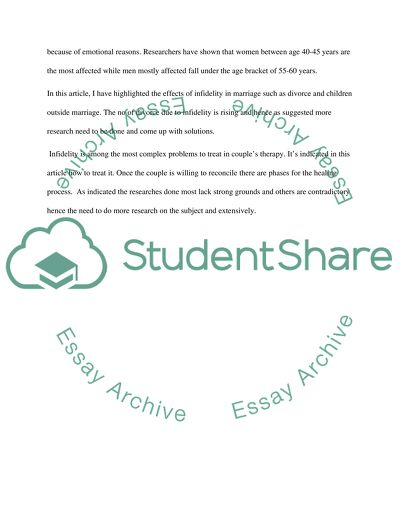Cite this document
(“Marital Infidelity Research Paper Example | Topics and Well Written Essays - 4000 words”, n.d.)
Retrieved de https://studentshare.org/sociology/1392634-marital-infidelity
Retrieved de https://studentshare.org/sociology/1392634-marital-infidelity
(Marital Infidelity Research Paper Example | Topics and Well Written Essays - 4000 Words)
https://studentshare.org/sociology/1392634-marital-infidelity.
https://studentshare.org/sociology/1392634-marital-infidelity.
“Marital Infidelity Research Paper Example | Topics and Well Written Essays - 4000 Words”, n.d. https://studentshare.org/sociology/1392634-marital-infidelity.


